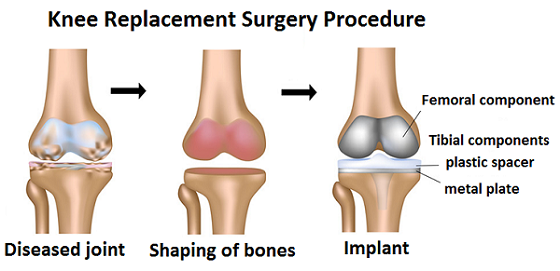What is cervical cancer?
Cervical cancer is cancer of the cervix. The cervix is the lower part of the uterus and be situated at the top of the vagina. The cells in the cervix do not suddenly change into cancer. Instead the normal cells of the cervix first gradually develop precancerous changes that turn into cancer.
When cancer spread from its original place (i.e. the cervix) to another part of the body, the new tumor has the same kind of cancer cells and the same name as the original tumor Eg. if cervical cancer spread to the lungs, the cancer cells in the lungs are actually cervical cancer cells. The disease is metastatic cervical cancer, not lung cancer and is treated as cervical cancer.
To learn the extent of disease you may require further tests
Stage is a way of describe where the cancer is located, if or where it has spread, and whether it is affecting other parts of the body. Doctors used diagnostic tests to find out the cancer's stage, so stage may not be complete until all of the tests are finished. Knowing the stage helps the doctor to decide what kind of treatment is best and can help predict a patient's prognosis, which is the chance of recovery. Position.
How to Avoid Cervical Cancer

Cervical cancer is caused by the sexually transmitted infection, human papillomavirus that around 75% of female will contract in their lifetimes. Most female’s immune system will fight off the virus within a couple years and they never even know they have it, but in other female the virus will begin to cause precancerous changes to the cervix that, if left untreated, can develop into cancer. While celibacy and monogamy are excellent strategies to prevent cervical cancer, they are not the most practical option for the females. So, let’s move on to other strategy.
If you want to contact or need any more information about our Treatment, then you visit – www.medimantra.com
Cervical cancer is cancer of the cervix. The cervix is the lower part of the uterus and be situated at the top of the vagina. The cells in the cervix do not suddenly change into cancer. Instead the normal cells of the cervix first gradually develop precancerous changes that turn into cancer.
When cancer spread from its original place (i.e. the cervix) to another part of the body, the new tumor has the same kind of cancer cells and the same name as the original tumor Eg. if cervical cancer spread to the lungs, the cancer cells in the lungs are actually cervical cancer cells. The disease is metastatic cervical cancer, not lung cancer and is treated as cervical cancer.
To learn the extent of disease you may require further tests
Stage is a way of describe where the cancer is located, if or where it has spread, and whether it is affecting other parts of the body. Doctors used diagnostic tests to find out the cancer's stage, so stage may not be complete until all of the tests are finished. Knowing the stage helps the doctor to decide what kind of treatment is best and can help predict a patient's prognosis, which is the chance of recovery. Position.
How to Avoid Cervical Cancer

Cervical cancer is caused by the sexually transmitted infection, human papillomavirus that around 75% of female will contract in their lifetimes. Most female’s immune system will fight off the virus within a couple years and they never even know they have it, but in other female the virus will begin to cause precancerous changes to the cervix that, if left untreated, can develop into cancer. While celibacy and monogamy are excellent strategies to prevent cervical cancer, they are not the most practical option for the females. So, let’s move on to other strategy.
If you want to contact or need any more information about our Treatment, then you visit – www.medimantra.com











